The Ancient Roman Amphitheater in Sutri is a remarkable archaeological site in Italy. Carved out of tufa rock, it dates back to the 1st century AD. This amphitheater is a testament to the engineering prowess of the ancient Romans. It served as a venue for gladiatorial games and public spectacles. Over time, it has witnessed various historical phases, including a transformation into a medieval fortress. Today, it stands as a significant cultural and historical landmark, attracting scholars and tourists alike.
Get your dose of History via Email
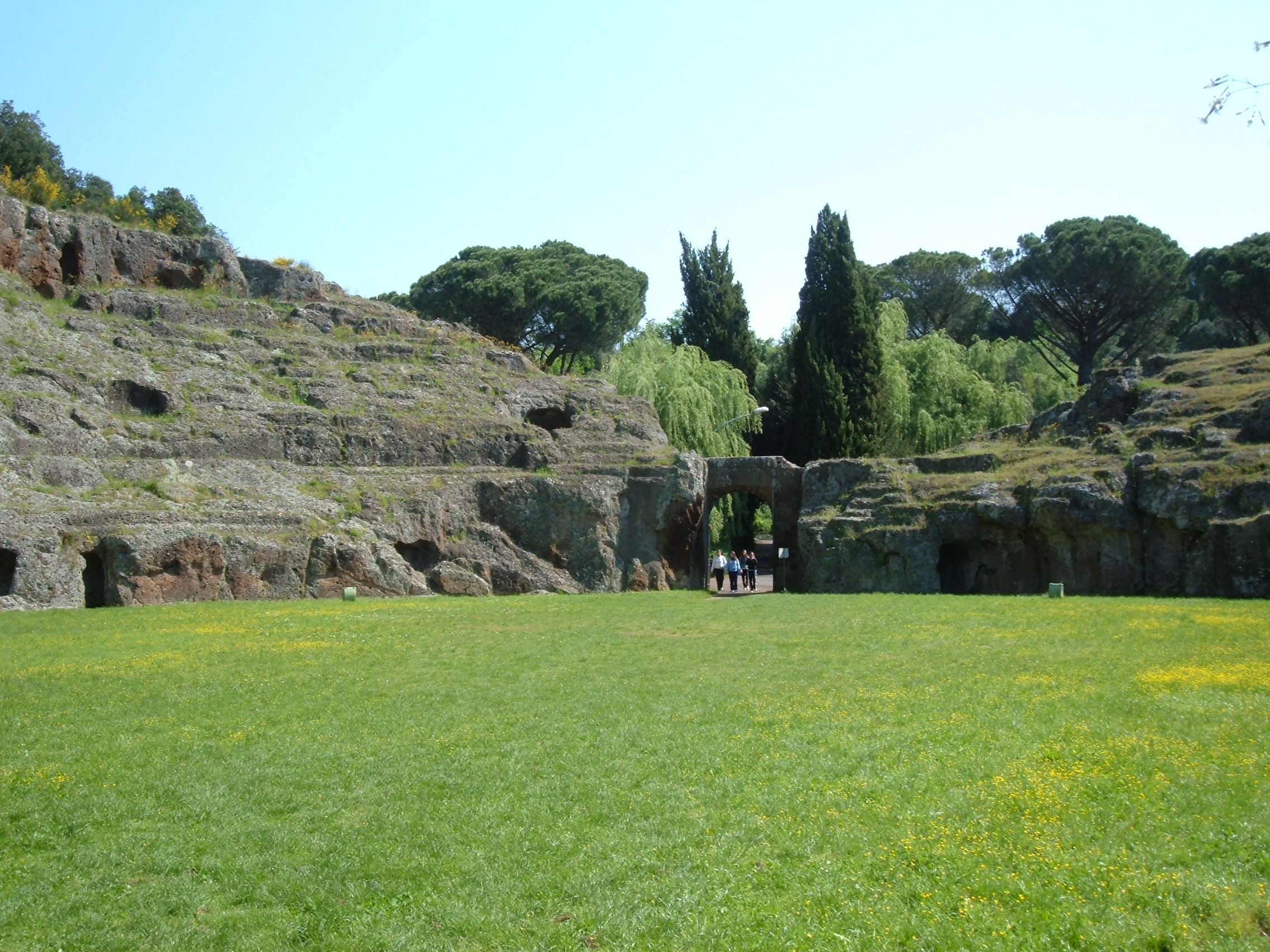
Historical Background of the Ancient Roman Amphitheater in Sutri
The Ancient Roman Amphitheater in Sutri was discovered in the 19th century. Archaeologists stumbled upon it while exploring the area. Its origins trace back to the Roman Empire, specifically to the 1st century AD. The amphitheater was likely commissioned by a wealthy Roman patron. It reflects the importance of public entertainment in Roman society.
Local legend suggests that the amphitheater was built by the Etruscans. However, historians attribute its construction to the Romans. The design and architecture align with Roman building techniques. The amphitheater has seen various uses over the centuries. It even served as a fortified stronghold during the Middle Ages.
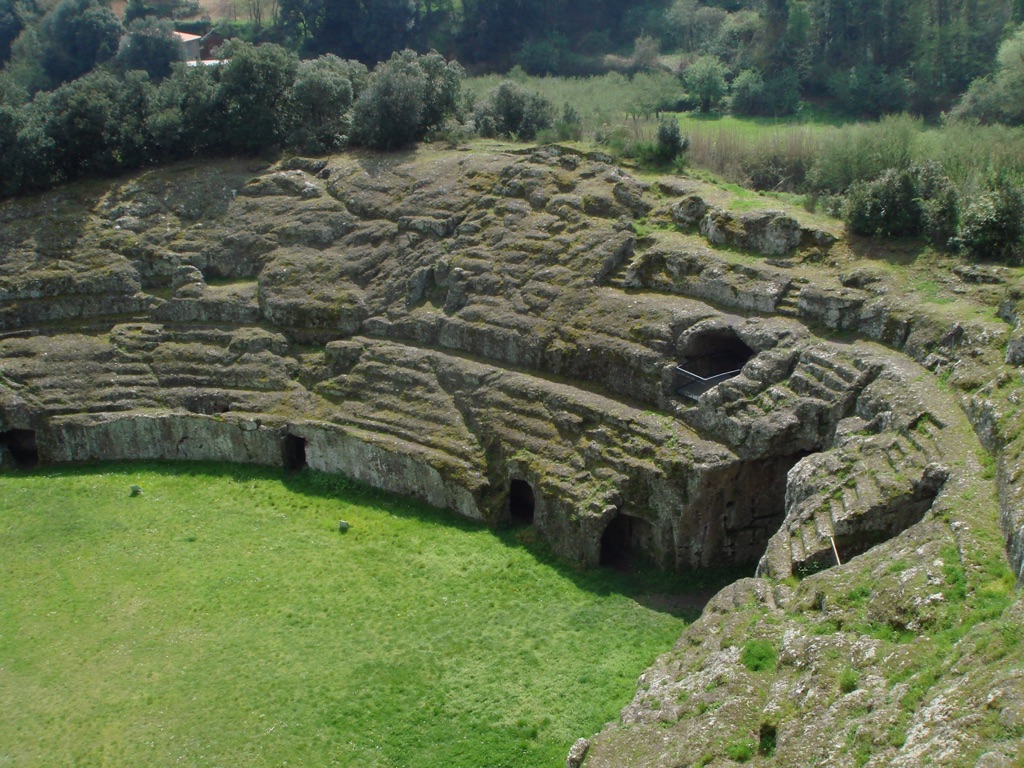
Throughout history, the amphitheater has been a silent witness to many events. It has seen the rise and fall of empires. It has also been a place of public gatherings and social activities. The site was abandoned for a time before its rediscovery. It has since become a focal point for historical and cultural studies.
The amphitheater’s construction is a marvel of ancient engineering. It was hewn directly from the bedrock. This method was both resourceful and practical. It provided a sturdy and lasting structure. The amphitheater’s design is typical of Roman amphitheaters. It includes tiered seating and an elliptical arena.
After the fall of the Roman Empire, the amphitheater experienced periods of neglect. It was later repurposed as a fortress. This adaptation ensured its survival through turbulent times. The amphitheater’s history is a rich tapestry. It reflects the changing dynamics of Italian history. It also showcases the adaptability of Roman architecture.
About the Ancient Roman Amphitheater in Sutri
The Ancient Roman Amphitheater in Sutri is an architectural wonder. It was carved from volcanic tufa rock. This material was abundant in the region. It allowed for the amphitheater to be constructed directly into the hillside. The amphitheater could seat up to 9,000 spectators. This capacity demonstrates its significance in the ancient city of Sutri.
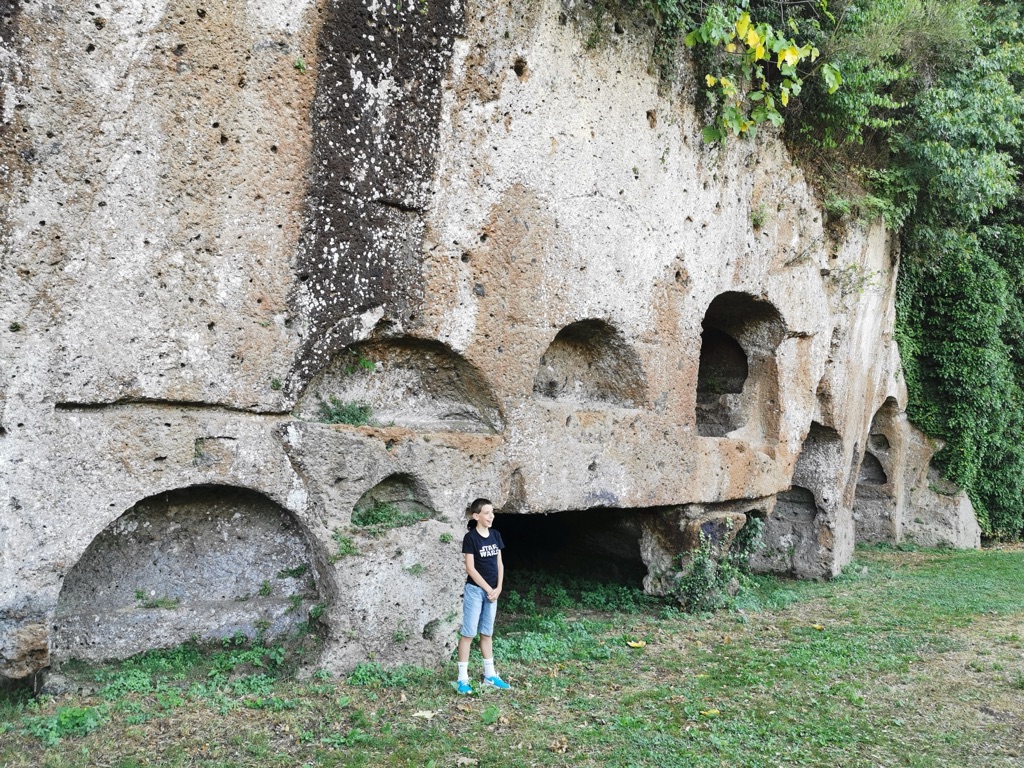
The amphitheater’s design is elliptical. It features a central arena where events took place. Surrounding the arena are the cavea, or seating areas. These are divided into different sections. They catered to various social classes. The best seats were reserved for the elite, while the higher tiers were for the common folk.
Architectural highlights include the well-preserved corridors and arches. These provided access to the seating areas. They also supported the structure. The amphitheater’s façade has eroded over time. Yet, the interior remains relatively intact. This preservation allows visitors to get a sense of the ancient spectacle.
The building materials and construction methods reflect Roman engineering skills. The use of local rock reduced transportation costs. It also sped up the construction process. The amphitheater’s integration into the landscape is a testament to Roman environmental adaptation.
Today, the amphitheater is a cultural heritage site. It is open to the public for tours and events. Its preservation is a priority for the Italian government. The site continues to be an important educational resource. It provides insight into Roman society and architectural practices.
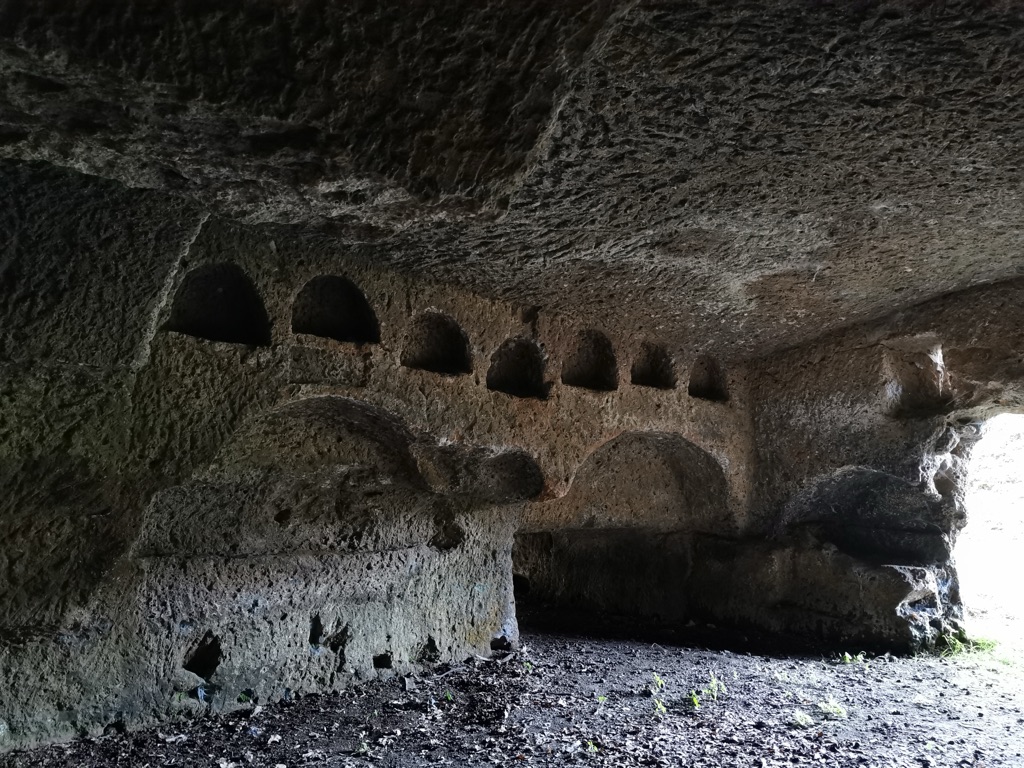
Theories and Interpretations
Several theories surround the Ancient Roman Amphitheater in Sutri. Its exact purpose has been the subject of debate. Most agree that it was a venue for gladiatorial games. It may have also hosted animal hunts and public executions. These events were popular forms of entertainment in ancient Rome.
Some mysteries about the amphitheater persist. Its original appearance and the extent of its use are still being explored. Archaeologists have had to interpret certain features. They match these to historical records. This process helps to reconstruct the amphitheater’s past.
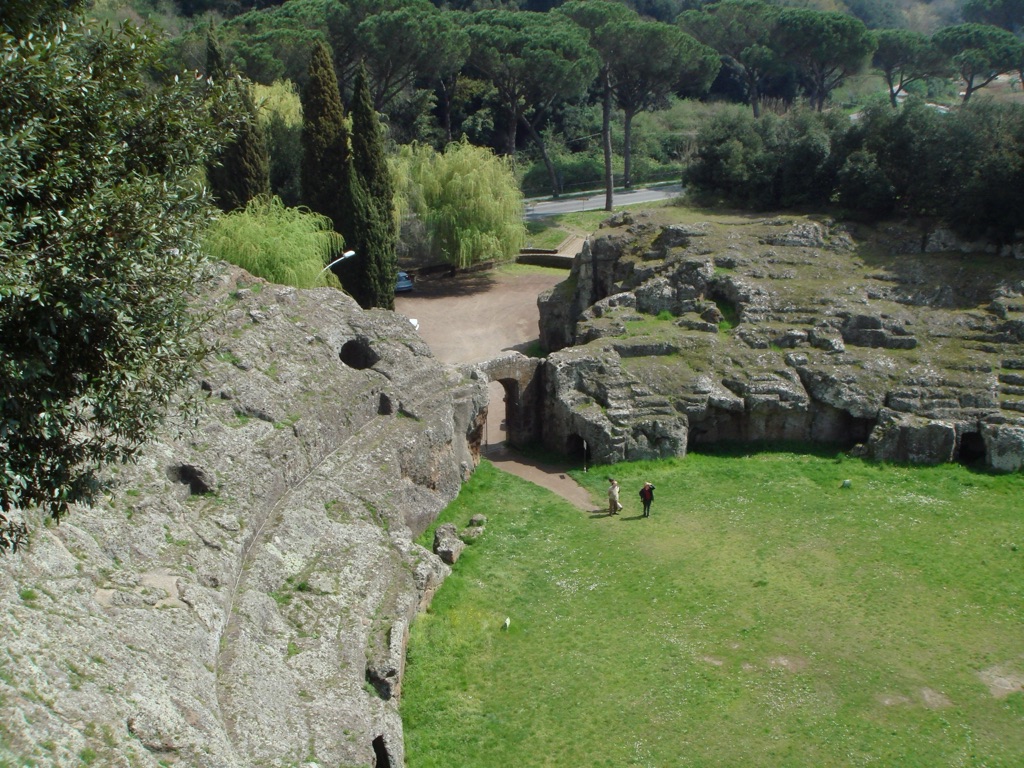
Dating the amphitheater has involved various methods. These include stratigraphy and material analysis. The consensus places its construction in the 1st century AD. This timing aligns with the peak of amphitheater construction across the Roman Empire.
The amphitheater’s later use as a medieval fortress is another area of interest. This adaptation shows the site’s continued importance. It also reflects the changing needs of the local population over time.
Research into the amphitheater is ongoing. Each discovery adds to our understanding of Roman engineering and culture. The site remains a valuable piece of the historical puzzle. It helps to illuminate the daily lives of ancient Romans.
At a glance
Country: Italy
Civilization: Roman Empire
Age: 1st century AD
